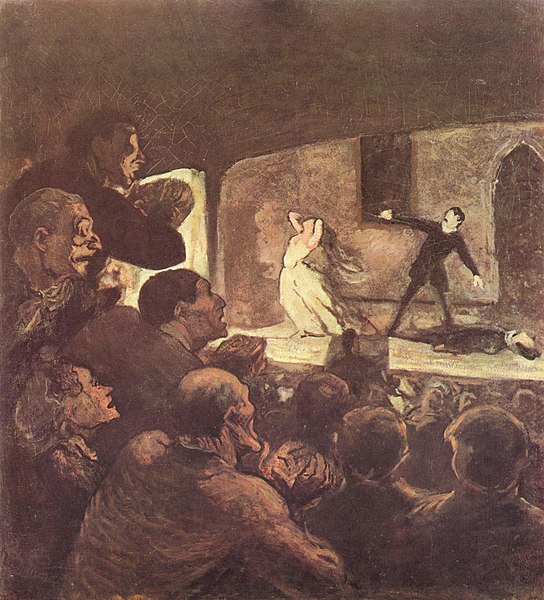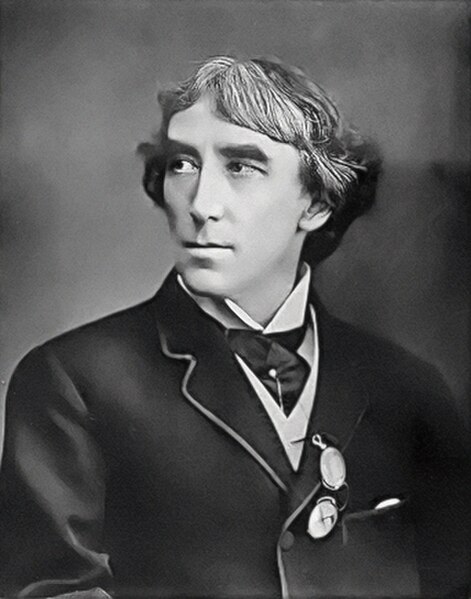Realism in the theatre was a general movement that began in 19th-century theatre, around the 1870s, and remained present through much of the 20th century. It developed a set of dramatic and theatrical conventions with the aim of bringing a greater fidelity of real life to texts and performances. These conventions occur in the text, design, performance style, and narrative structure. They include recreating on stage a facsimile of real life except missing a fourth wall. Characters speak in naturalistic, authentic dialogue without verse or poetic stylings, and acting is meant to emulate human behaviour in real life. Narratives typically are psychologically driven, and include day-to-day, ordinary scenarios. Narrative action moves forward in time, and supernatural presences do not occur. Sound and music are diegetic only. Part of a broader artistic movement, it includes Naturalism and Socialist realism.

Scene from A Doll's House, a 1922 silent film starring Alla Nazimova and Alan Hale Sr. The author of the original play, Henrik Ibsen, was an influential proponent of realism in the theatre.
Nineteenth-century theatre
Nineteenth-century theatre describes a wide range of movements in the theatrical culture of Europe and the United States in the 19th century. In the West, they include Romanticism, melodrama, the well-made plays of Scribe and Sardou, the farces of Feydeau, the problem plays of Naturalism and Realism, Wagner's operatic Gesamtkunstwerk, Gilbert and Sullivan's plays and operas, Wilde's drawing-room comedies, Symbolism, and proto-Expressionism in the late works of August Strindberg and Henrik Ibsen.
Honoré Daumier, Melodrama, 1856–1860
Covent Garden Theatre in 1809.
Edward Bulwer-Lytton.
Henry Irving portrait





